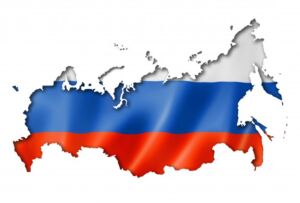Russian culture has a long and rich cultural history, steeped in literature, ballet, painting and classical music. While outsiders may see the country as drab, Russia has a very visual cultural past, from its colourful folk costumes to its ornate religious symbols. Its religion has always been a primary component of Russian life, even during times of oppression. The third most popular religion in Russia after Christianity and Islam is Tengrism, a form of pagan, animistic and shamanic religion.
The Bolshoi Ballet is a popular notable art form coming out of Russia. Founded in 1776, a classical ballet company based at the Bolshoi Theatre in Moscow and known throughout the world. At first, the Bolshoi Theatre’s Opera and Dramatic Troupes formed a single company. Company members came from very diverse backgrounds – all the way from serf artists to guest stars from abroad.
The beet soup that is full of vegetables and meat, typically served with a dollop of sour cream is the most well-known traditional Russian food that may seem strange to an outsider is called borshch, also spell as borscht. Caviar, or ikra, traditionally made from the eggs of sturgeon found in the Black Sea or the Caspian Sea, is often served on dark, crusty bread or with blini, which are similar to pancakes or crepes also defines the culture of Russian foods.
Also, Russian can be defined with its rich tradition of folk tales that derive from several Slavic myths and traditions. The Russian colourful folk characters betray the ancient pagan roots: the Baba Yaga is a witch-like old woman who lives in the forest in a house that rests on chicken legs and is surrounded by skulls and bones. Russian nesting dolls are well-known symbols of the country. These sets of dolls, known as Matryoshka dolls, consist of a wooden figure that can be pulled apart to reveal another smaller version of the same image inside, and so on, often with six or more dolls nested inside one another. The painting of each doll, which can be extremely elaborate, usually symbolizes a Russian peasant girl in a traditional costume.
The roots of Russian literature can be traced to the Middle Ages when epics and chronicles in Old East Slavic were composed. By the Age of Enlightenment, literature had grown in importance, and from the early 1830s, Russian literature underwent an astounding golden age in poetry, prose and drama.





